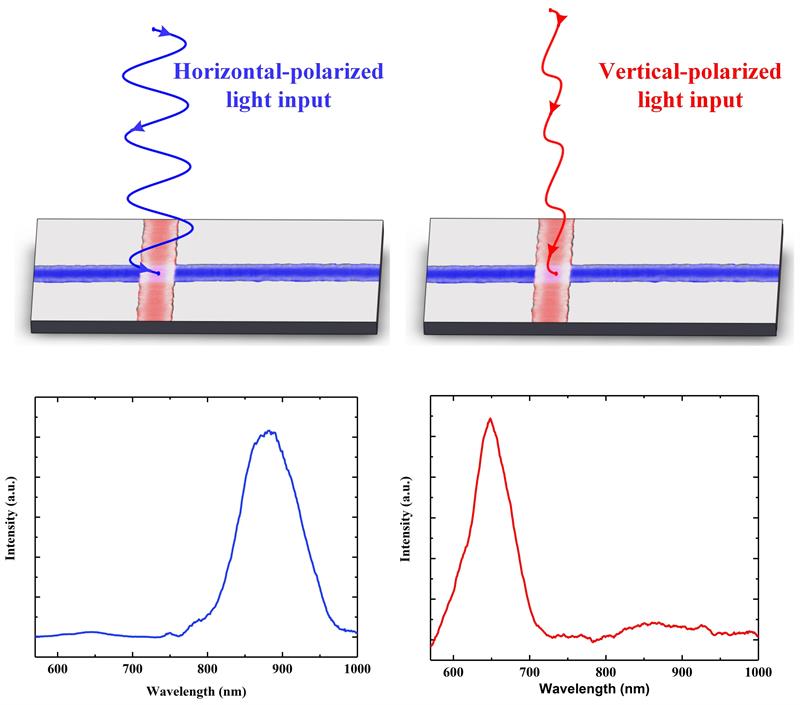According to the Aalto team, this is first study to demonstrate nanoscale all-optical logic circuits, and provides a vital step towards true optical computing.
“We’re able to perform binary number calculations and show, for instance, how this nanostructure can carry out these functions just like a simple pocket calculator – except that instead of using electricity, the nanostructure uses only light in its operation,” says Dr. Henri Jussila of Aalto University.
To build the nanostructure, the team used a combing technique to assemble two different semiconductor nanowires, indium phosphide and aluminum gallium arsenide. The nanowires have a unique 1D structure, which allows them to function like nanosized antennas for light.
With this mechanical combing method, nanowires can be aligned in any specific direction, which differs from the as-fabricated randomly aligned nanowires typically used. Repetition, however, is key to getting the antennas into ideal alignment, the researchers add.
“Repeating the combing method allows us to build integrated devices of nanostructures in which two different types of nanowires are perpendicular to each other,” says Professor Zhipei Sun of Aalto University.
“The 1D and crossbar structures are the core of our calculations because they enable the input light to choose which nanowire it interacts with—either the indium phosphide or the aluminum gallium arsenide,” adds Dr. He Yang of Aalto University.
| All-optical wavelength switch under the different polarisation light inputs. The graphs, colour-coded, correspond with the input above |

Depending on the input, in this case the linearly-polarised light direction and its wavelength, the nanowires either interact with the input light or not. This is similar in practice to how the antennas used in old radio receivers work; they only receive signals when pointing in the optimal direction, typically upwards. Since the response of the different nanomaterials is different, the light output of the fabricated nanowire structure can be switched with different wavelengths and light direction for the successful realisation of logic operations.













